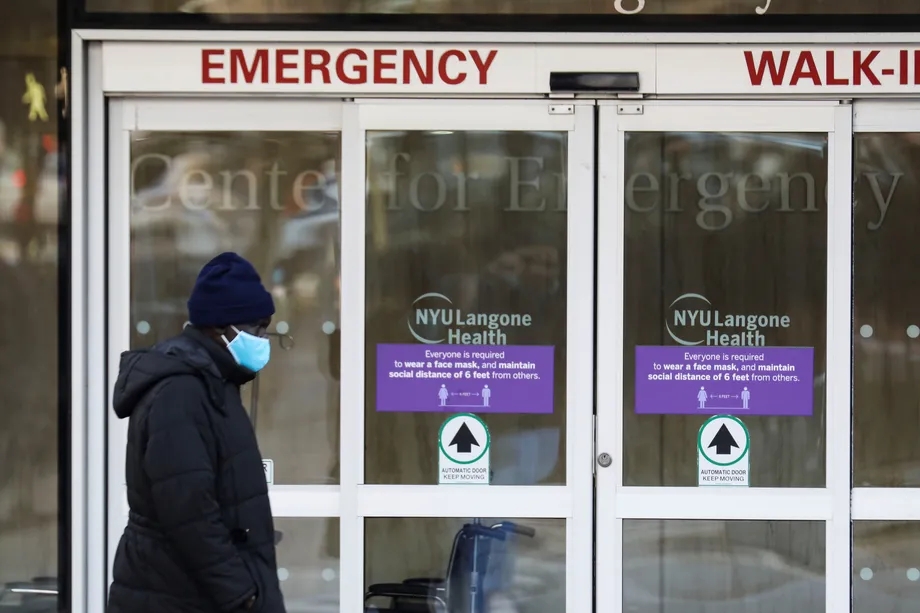
Over the past four decades, US hospitals have gradually moved from public hands to private ones. The share of hospitals owned and operated by a government body — as opposed to a private entity, either a for-profit enterprise or a nonprofit — declined by 42 percent from 1983 to 2019.
That trend has brought serious consequences for the poorer patients who seek care at these hospitals. When private companies assume control of public hospitals, low-income patients on Medicaid lose access to health care, according to new research on this longstanding but under-analyzed trend in American health care.
A new National Bureau of Economic Research working paper by academics from Stanford, Michigan State, and Penn reviewed the consequences of the 258 hospital privatizations from 2000 to 2018 they could identify using national data. (As there were a little more than 1,000 public hospitals in 1999, that would mean one-fourth of all US public hospitals were privatized over the period they studied.)
These researchers found that after a private company took over a hospital previously controlled by the government, the hospital becomes more profitable. As a public hospital, these facilities lost about $335 on average for every patient. As a private hospital, they earned about $740 per patient.










